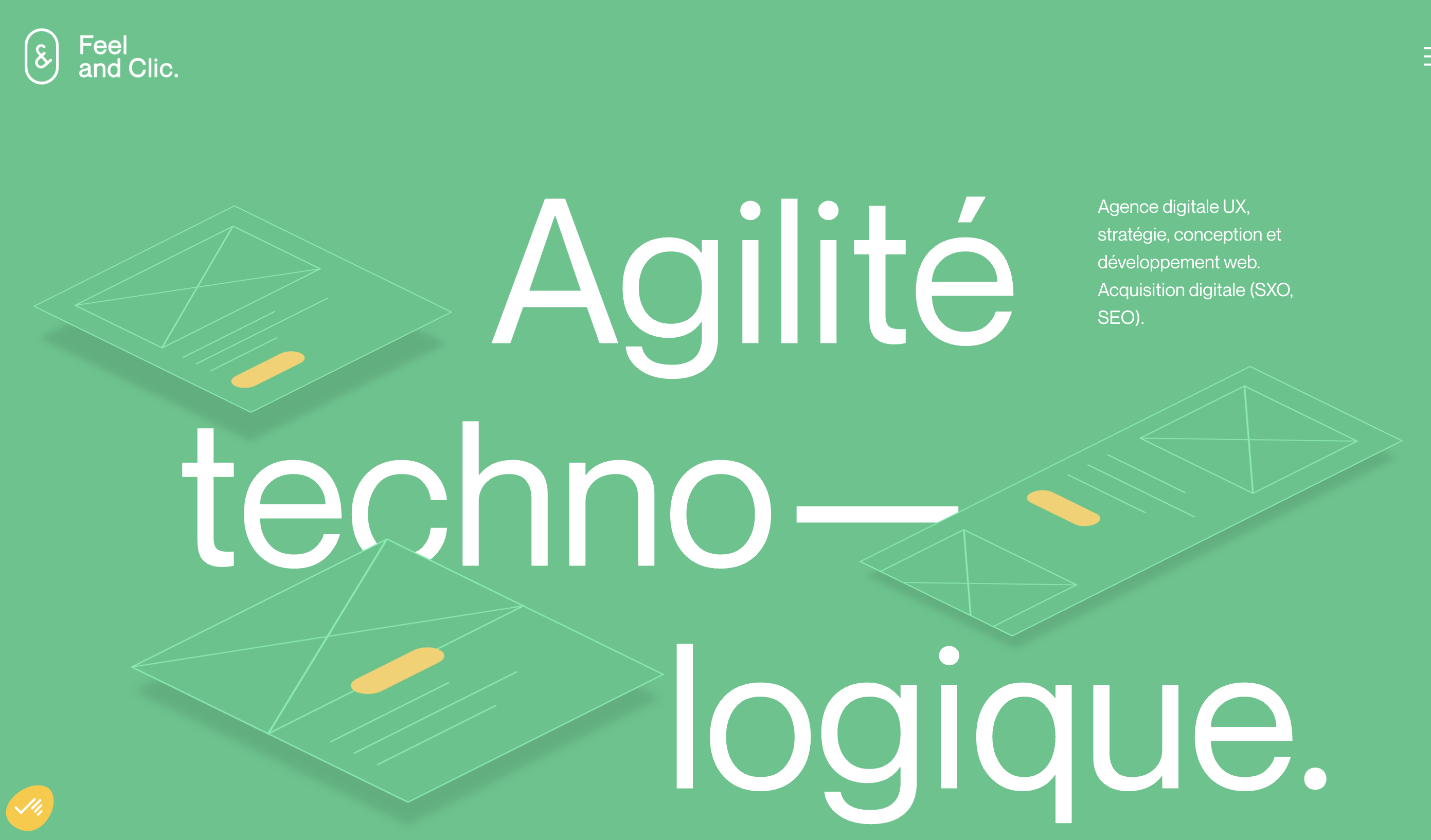
Decoding Consumer Behavior in Design
Unveiling the Dynamics of Consumer Choices
Understanding consumer behavior is a multifaceted endeavor that plays a critical role in design and marketing strategies. The consumer's interaction with a product or service isn't just a linear journey but a complex decision-making process. This involves several intertwined stages, each affecting the ultimate purchase decision. Consumers generally embark on a journey that begins with problem recognition, often triggered by a need or want. This initiates the buying process, compelling consumers to seek out potential products or services that could fulfill their needs. During the search and evaluation phase, customers evaluate alternatives, analyzing which options best meet their requirements. This evaluation stage is crucial as it greatly influences the purchase decision. Marketers and designers need to grasp the importance of these initial stages. They can strategically intervene by aligning their product's value proposition with the consumer's need recognition. Furthermore, the insights culled from customer service interactions and social media can refine marketing strategies, ultimately guiding the consumer's journey from initial interest to purchase. Notably, post-purchase evaluation plays a significant role in consumer behavior. After the purchase decision, consumers assess whether the product or service meets their expectations. Positive evaluations can lead to brand loyalty and repeat purchases, while negative experiences may prompt search for alternatives. As such, businesses must carefully consider this stage, ensuring quality and customer satisfaction to secure brand trust. To better navigate the complexities of consumer decision making, marketers can benefit from understanding the finer aspects of customer-impact dynamics. Mastering these insights can enhance strategies aimed at addressing the diverse needs of consumers, thereby optimizing design and product offerings. For a deeper dive into how businesses can harness these insights to refine their approach, explore mastering customer impact interviews for design insights, which provides valuable perspectives on aligning products with consumer expectations.The Role of Aesthetics in Consumer Decisions
The Influence of Visual Appeal on Consumer Decisions
In the world of design, aesthetics play a crucial role in swaying consumer decisions. The visual elements of a product—color, shape, texture, and overall appearance—are often the first aspects that catch the consumer's eye. When evaluating a product for a potential purchase, customers are drawn to designs that intrigue or resonate with them on a personal level. This initial attraction can significantly influence their buying behavior. A product's design is not merely about making something look good; it is about creating an emotional connection with the consumer. Visual aesthetics can communicate a brand’s identity and core values, which is vital in the decision-making process. For instance, a sleek and minimalistic design often appeals to those who appreciate sophistication and luxury, aligning with certain brand perceptions. In a marketplace filled with competition, distinctive aesthetics can serve as a pivotal differentiator. Brands that successfully leverage appealing design elements often see a positive impact on their marketing efforts, enhancing their visibility and attractiveness. Consequently, businesses must investigate what visual aspects captivate their target consumers during the buying process. These aesthetic choices are not made in isolation. Marketers and designers work in tandem to ensure that the product or service aligns with customer expectations and desires. During the evaluation alternatives stage, consumers seek products that not only meet their functional needs but also fulfill emotional and aesthetic aspirations. Customers will often choose a product that reflects their lifestyle choices, beliefs, or social status. Engaging with users through effective design can enhance their likelihood of investment in a product, fostering a sense of belonging and satisfaction. Therefore, knowing how visual elements impact consumer behavior is essential in marketing decision processes. Understanding the roles of aesthetics and consumer psychology can guide businesses toward designs that align with consumer desires, enhancing their brand's presence and ultimately influencing purchasing decisions. For more on this topic, you can check out insights on how to encourage user investment in your product design.Emotional Triggers and Their Impact on Design
Emotional Impact in Consumer Choices
Understanding the emotional triggers that influence consumer behavior is crucial for any business looking to optimize their design strategy. Emotions play a pivotal role in the decision-making process, often guiding consumers through various stages of the buying process. These emotional responses can significantly impact how consumers evaluate a product or service, ultimately affecting their purchase decision.
When consumers encounter a product, their initial emotional reaction can set the tone for the entire evaluation process. Positive emotions such as joy, trust, and excitement can enhance the perception of a brand, making it more likely that the consumer will proceed to the next stage of the decision process. Conversely, negative emotions can deter a potential purchase, highlighting the importance of addressing emotional triggers in design.
Creating Emotional Connections
Marketers and designers can harness emotional triggers by creating experiences that resonate with consumers on a personal level. This involves understanding the target audience and tailoring the design to evoke specific emotions. For instance, a brand that aims to convey luxury might focus on elements that evoke feelings of exclusivity and prestige. By doing so, they create a connection that encourages consumer investment in the product.
Incorporating emotional triggers in design is not just about aesthetics; it's about crafting a narrative that aligns with the consumer's values and aspirations. This approach not only influences the initial purchase decision but also impacts post-purchase evaluation, as consumers are more likely to remain loyal to a brand that they feel emotionally connected to.
Leveraging Emotional Triggers in Marketing
Digital marketing and social media platforms offer unique opportunities for businesses to engage with consumers emotionally. By sharing stories, visuals, and messages that resonate with the audience, brands can enhance their emotional appeal. This strategy can be particularly effective during the search and evaluation stages of the consumer buying process, as it helps to reinforce positive emotions associated with the brand.
Ultimately, understanding and leveraging emotional triggers is a vital step in the consumer decision-making process. It allows businesses to create designs that not only attract attention but also foster lasting relationships with their customers. For more insights on how to evaluate user experiences effectively, consider exploring this comprehensive guide.
Cultural Influences on Consumer Preferences
The Cultural Lens in Consumer Decision-Making
In the intricate web of consumer decision-making, cultural influences play a pivotal role. Understanding these cultural nuances can help businesses tailor their marketing strategies effectively. Cultural factors are deeply embedded in the way consumers perceive products and services, influencing their buying behavior and the stages of their consumer journey.
Culture shapes the values, beliefs, and customs that consumers hold dear, affecting how they evaluate alternatives and make purchase decisions. For instance, a product that resonates with the cultural values of a target market is more likely to succeed. Marketers must consider these cultural elements in their branding and advertising efforts to connect with consumers on a deeper level.
Impact on the Buying Process
The buying process is not just a series of steps leading to a purchase; it's a complex interplay of cultural influences that guide consumer behavior. From the initial problem recognition to the post-purchase evaluation, each stage is colored by cultural preferences. For example, in some cultures, word-of-mouth and social media endorsements carry significant weight in the search and evaluation stages, while in others, brand loyalty and customer service are paramount.
Businesses that understand these cultural dynamics can better anticipate consumer needs and tailor their product offerings accordingly. This cultural sensitivity not only enhances the consumer experience but also strengthens brand loyalty, ultimately impacting the overall purchasing decision.
Adapting to Cultural Shifts
As cultures evolve, so do consumer preferences. Businesses must stay attuned to these shifts to remain relevant in the market. This involves continuous research and adaptation to changing cultural trends. By doing so, companies can ensure that their products and services align with the evolving values and expectations of their target audience.
In conclusion, cultural influences are a critical component of the consumer decision-making process. By acknowledging and adapting to these cultural factors, businesses can create more meaningful connections with their consumers, ultimately driving successful outcomes in their marketing and product strategies.
Sustainability and Ethical Considerations in Design
Sustainable Design as a Key Differentiator
In today's increasingly eco-conscious world, sustainability and ethical considerations are pivotal in shaping consumer behavior. Brands that adopt sustainable practices are not only meeting a growing consumer demand but also differentiating themselves in the crowded marketplace.
For consumers, the buying decision is becoming increasingly influenced by factors such as the environmental impact of a product, ethical sourcing of materials, and the social responsibility stance of a brand. This shift is a reflection of a broader cultural trend where individuals are more informed and conscious about the products they purchase.
From a business perspective, integrating sustainability into design isn't just about meeting consumer expectations; it's a strategic move that can enhance brand reputation. Marketers play a crucial role in communicating these values effectively, influencing the decision-making process at various stages of the buying journey—from awareness and consideration to purchase evaluation.
Sustainability considerations also impact the overall design process. Designers must think critically about not only the aesthetic and functional aspects of a product but also its lifecycle, from the selection of sustainable materials to end-of-life disposal options. This comprehensive approach can help in creating products that align with consumers' values and expectations.
Incorporating sustainable design can lead to significant milestones within a brand's journey, attracting socially-responsible consumers and ensuring long-term business success. As consumers continue to prioritize sustainability, brands that embrace this shift are likely to see positive outcomes in consumer loyalty and purchase behavior.
Practical Exercises to Understand Consumer Behavior
Hands-On Approaches to Grasping Consumer Behavior
Understanding consumer behavior in design is not just about theory—it's a practical endeavor, crucial for every designer looking to enhance their craft. Incorporating real-world exercises into your workflow will provide invaluable insights, helping you better tailor your product or service to meet consumer demands and preferences. Here are some exercises to help you dive deeper:- Journey Mapping: Create a detailed map of the consumer journey, identifying each interaction point a consumer has with a product or service. This will help you become familiar with the various stages of the buying process and uncover potential areas where the consumer experience can be improved.
- User Interviews: Conduct in-depth interviews with consumers to gain firsthand insights. Ask about their decision-making process, experience with the product, and any obstacles they faced. This will allow you to understand their decision evaluation steps and adapt your design to better suit their needs.
- Competitor Analysis: Evaluate how other brands are engaging consumers. Look for trends in marketing, purchasing decisions, and customer service strategies. Understanding these elements will help you adapt your approach and position your brand more effectively in the market.
- A/B Testing: Implement A/B testing for design elements to see which variations perform better with consumers. Analyzing data from these tests can provide clear insights into which aspects of your design are influencing buying behavior.
- Cultural Sensitivity Exercises: Participate in activities that expand awareness of cultural influences on consumer preferences. This can aid in recognizing how cultural considerations impact consumer evaluations and purchase decisions.
- Sustainability Workshops: Attend workshops focused on sustainable and ethical design practices. With consumers increasingly mindful of sustainability, understanding this component is crucial in the design evaluation process.















